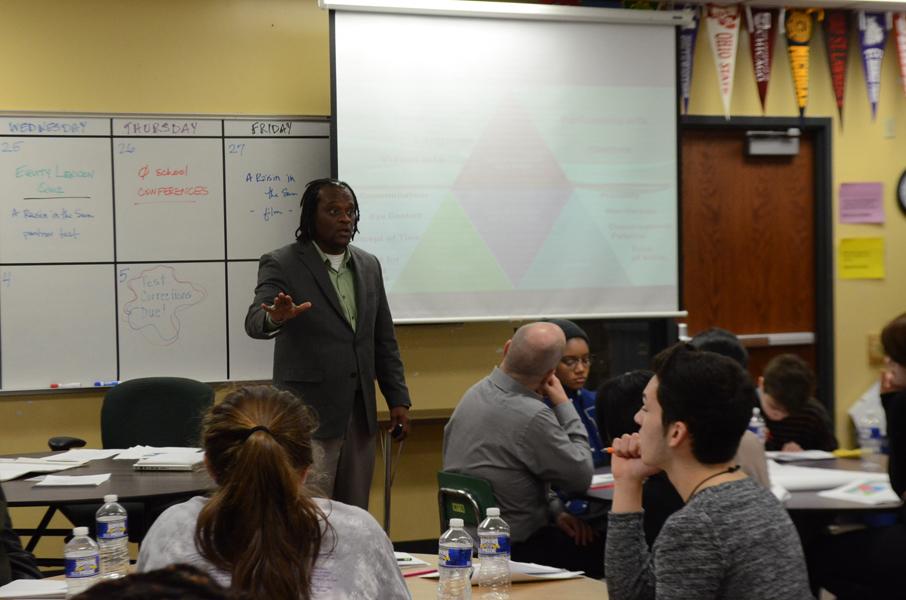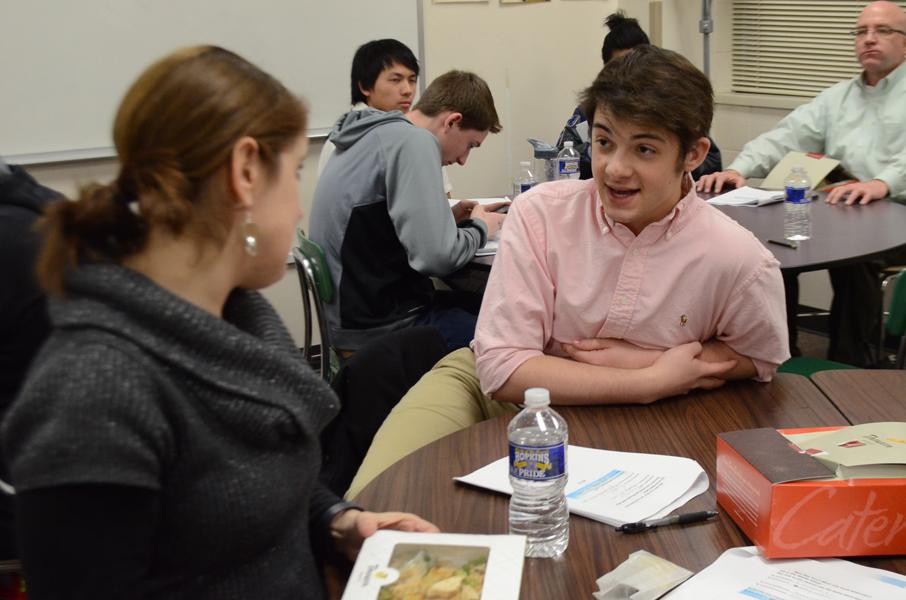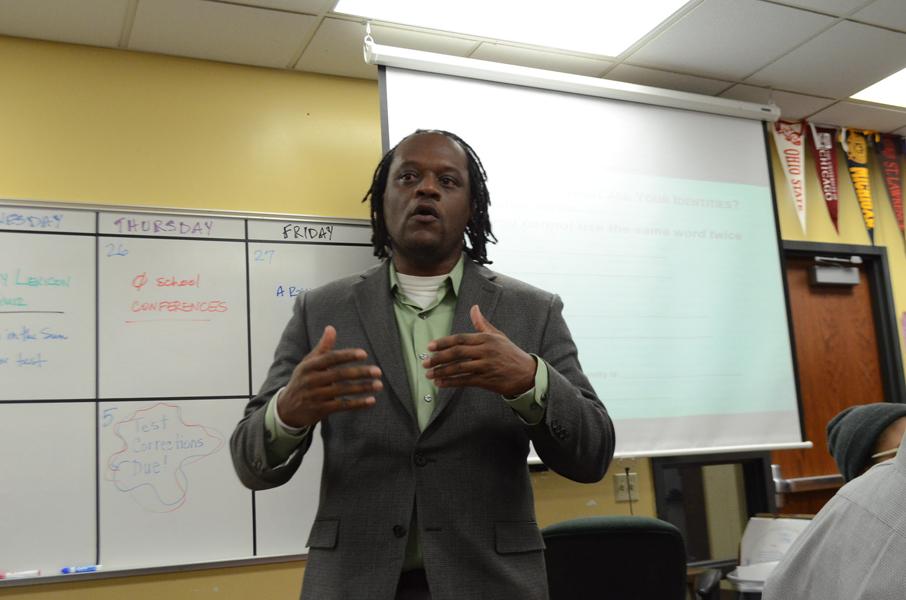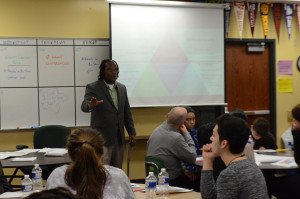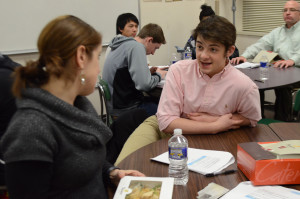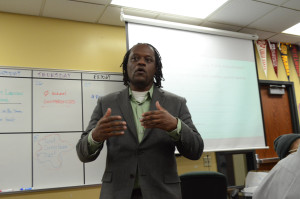Engage: Dr. Hollie leads students in a discussion of culture
Mar 4, 2015
Last year, the class of 2014 represented over 29 different countries.
With such a diverse student body, the HHS community is usually accepting of different cultures and new ideas. However, there’s always room for improvement.
“The teachers of the high school have been working with a consultant named Dr. Sharroky Hollie out of California. For the last two years, he’s been working with the teachers on how to make our classrooms more responsive to all sorts of different cultures. Not just race, but youth culture, gender culture, sexual orientation, socioeconomic status,” said Ms. Felicia Homberger, language arts.
Last Wednesday, a total of 35 students and several teachers met with Dr. Hollie to discuss the different types of cultures and how to be more responsive to the various groups.
“I took them through an identity development exercises that forces one to look at him/herself in different layers, separating race from all of the cultures (or identities) that we are. I call these the rings of cultures. The rings are age, ethnic, socioeconomic, gender, orientation, and others.” Said Dr. Sharroky Hollie, executive director of the Center for Culturally Responsive Teaching and Learning (CCRTL).
Spearheaded by student government, students also discussed some of the challenges they face at HHS. A different meeting has been scheduled to work on possible solutions to these problems.
“The plan was to bring students into the conversation,” Homberger said. “When you’re working with High School students, they are young adults and they have a stake in the school. We just felt bringing the students in was essential in that it can’t work without the students’ participation.”
Some of the topics included race, religion, gender, and sexual orientation. Other issues involved making HHS classrooms more responsive to the rings of culture.
“The areas that stood out to me where the students thought Hopkins could be more responsive were: the need for gender neutral restrooms, prayer rooms for Muslim students, movement in more classrooms, and making the learning process shared by teachers and students,” Hollie said.
Of course, these changes won’t happen overnight. For HHS to see these ideas put to action, it will take dedication and cooperation from students and staff alike.
“I think both students and staff were energized by the conversations and most of us want to move forward,” Homberger said.

